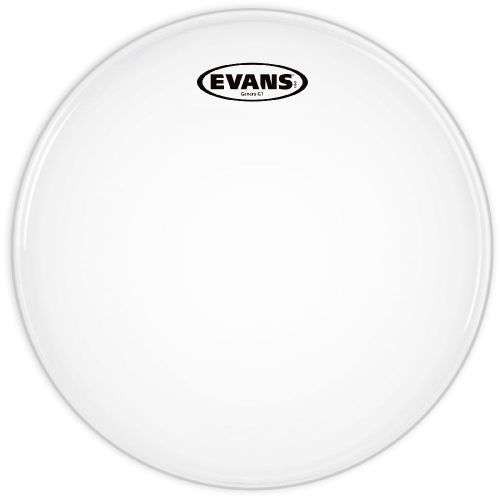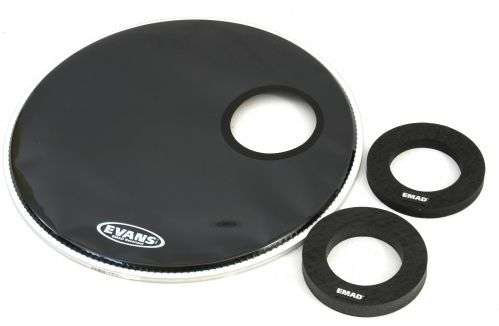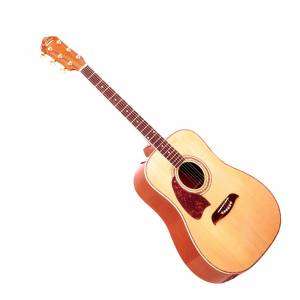
Choosing the right drum heads
See Drum strings in the Muzyczny.pl store
Drum strings are a very important topic in the context of searching for the desired sound of our kit.

Drum strings are a very important topic in the context of searching for the desired sound of our kit. Very often, seemingly just poor quality, old drums can enchant with their sound after selecting the appropriate strings. It is also the opposite – we often encounter bad-sounding sets, even though they come from the middle or higher shelf. The most common causes are poor or poorly matched strings. That is why it is worth delving into this issue and understanding the selection mechanisms.
Breakdown of strings:
The strings should be divided primarily into: -upper / punch / bite -resonance
In the case of the former, of course, we are talking about the strings that we will hit with the sticks while playing, while the resonant ones are those placed on the lower part of the drum.
Another criterion is the number of layers of the membrane.
We can choose the strings: – single-layered – characterized by sharp attack, bright sound and longer sustain. – double-layered – they are characterized by a softer, lower tone and shorter sustain.
Drum strings are also divided due to the shell.
A distinction should be made here between the strings: -transparent (clear) – bright sound, clear attack. -coated – this type of membrane usually has a white, rough surface and is characterized by a darker sound and shorter sustain.

There are also other, less popular types of strings, referring in sound to, for example, membranes made of natural leather in the past.
The last element of the division is the purpose of the strings.
We are talking of three kinds here: -snare drum pulls -tensions for volumes -tensions for the headquarters
Snare drum strings – they are usually coated strings, available in both single and double-layer versions. There is a whole range of two-layer heads on the market, equipped with mufflers, reinforcement patches and ventilation holes, which are designed to shorten the decay. The thicker and more muffled the tension, the darker and lower the sound will be. On the other hand, we will get a sharp and bright sound from single-layer heads, without mufflers
Snare drum resonance strings – they are very thin strings. Here, manufacturers do not offer such a wide range of choice. Usually they are single-layer heads without dampers or patches.
Strings hit on volumes – in this case, all the above-mentioned types of tension are used – coated, transparent, single, double. We use them depending on the effect we want to achieve.
Resonant strings for volumes – we can use single-layer transparent strings also used as upper strings, as well as those produced solely for the resonance function. The former are of course thicker and will result in a more focused sound. The second – much thinner ones will sharpen the sound of the toms.
The tension strikes on the control panel – No different than in the case of toms and snare drums, manufacturers offer both single and double-layer heads for the bass drum. We can also choose membranes with a damping ring and those without any additional elements. Strings without silencers will provide us with an open longer sound, while strings with a silencer have a more focused, punctual attack and a much shorter decay.
Resonant strings on the control panel – usually these are single-layer strings with an internal damping ring. There are also heads on the market with a cut out reinforced microphone hole. The factory cut-out minimizes the risk of quick damage to the tension, which exists when we decide to cut the microphone hole ourselves.

Summation The above-mentioned criteria are some general rules that guide producers and most drummers. However, it should be remembered that a departure from these rules is not a culpable mistake, because in the process of searching for one’s own sound, we can also resort to unconventional solutions. It depends a lot on us.
Finally, the mesh heads should be mentioned in detail in the guide to home exercises. As the name suggests, these strings are made of mesh with very small meshes. They allow you to play without making a loud noise. Their installation is identical to the installation of standard heads, and the manufacturers offer heads in many standard sizes (8 ″ 10 ″ 12 ″ 14 ″ 16 ″ 20 ″ 22 ″)





